I set foot in California for the very first time in my life earlier this week and it was just one of those times when you think to yourself, “Toto, we’re not in Kansas anymore.” California is a place that lives in its own little world, or so I’ve heard it said. Not that there’s anything wrong with that.
We all do, really. I am most definitely a product of the Midwest and there’s not anything wrong with that either. It’s because we can’t choose who our parents are or where we live until we get out on our own, and by the time that happens, a great lot of who we are is already ingrained in us.
But no one stays the same and there’s a lot of us left to change and move, and many of us do just that when we get the opportunity. A good friend of mine from high school moved to California after she graduated from OSU and got married (she said the weather made them do it). She and her husband lived there for many years, then moved up to Seattle, where they’ve lived for the last 20 years.
If you recall, I was ready to move to Seattle after the first two days I was there last summer – my first visit to that place, too. I still think I could live there just fine, but I’m certain it won’t happen. My husband’s job is here, and family is here, and our first grandchild is on the way. Here. No way am I moving away from that.
I think I can be content wherever I am and with whatever I have, which I’m convinced is the key to happiness. And the more I travel, though I absolutely love doing it, there really is no place like home.
Here are some observations from my first time in California:
- Palm trees. It’s always the palm trees that stick out to a Midwesterner, because we don’t see those, except in gigantic pots in the mall center court.
- Mountains. You SURE as heck don’t see those in Ohio. Not my part of the state anyway. In fact, northwest Ohio is as flat as the Bonneville Salt Flats, which my seatmate on the flight from Chicago to San Diego had never heard of, in spite of being a brilliant brain (I could just tell) on her way to a chemistry symposium. She was just young.

View from the air, shortly before landing in San Diego
- The fragrance. I was going to say “smell,” but for some reason that makes it sound like it stinks, which it doesn’t. It actually smells like a greenhouse. All green and herbally and fresh and sometimes sweet. It’s probably because of all the vegetation and flowers blooming everywhere, including citrus. I just have to find out what all those charming little orange and yellow daisy-like flowers are that are blooming all along the side of the roads and up the hills. I could live with that. All the flowers and the smell. Not that Ohio doesn’t smell good, too. It’s just different.
- Rattlesnakes. As I was checking into the hotel, the desk clerk got a phone call. I heard her say, “Oh no! Do you know where the rattlesnake catcher is?” O. Kay. A rattlesnake was on the driving range, which was across from the parking lot. She cautioned me not to go to the driving range. No problem. I saw a rattlesnake up close and personal once and I’m thinking once is enough.
- Alien boulders. There are these gigantic boulders that look like something out of a sci-fi movie. You know, like an asteroid exploded all over the mountains or something. I wonder if they’re like icebergs - bigger underground than above. I think they have to be or else they’d roll down the mountain. Weird, but kinda cool at the same time.
- ATMs at the gas station kiosk. I had to fill up the rental car before returning it and I pulled into an Arco station and noticed right away there was no credit card slot on the pump. There was an ATM where you were supposed to pay with cash or a debit card. No credit! So, for the second time in my life, I used my debit card. It comes in handy sometimes, I guess. Oh, and they had attendants giving free windshield washes while you got gas. When is the last time you had a gas station do that? Nice!
- Cold nights. Now that was a big surprise. This is southern California, right? I figured it was tropical like Florida. Wrong. Every night when I got back to my hotel room, I immediately went into the bathroom and spent some time with the hair dryer to get warm. I just can’t get over how cold the nights are, and I’m told this is normal. I could probably get used to it, but there’s nothing like a warm summer night when you want to take a late walk and you can do it wearing the same amount of clothing you wore during the day.
- Traffic. Even out in the rural areas, there are major freeways. I suppose the mountains hamper infrastructure to some extent. It’s darned expensive to blast away mountains to make way for roads, so there are fewer of them than where I live, where the land is mapped out in mile squares. Missed your turn? Just turn left three times and that will put you on the road you missed. Southern California? Can’t do that.
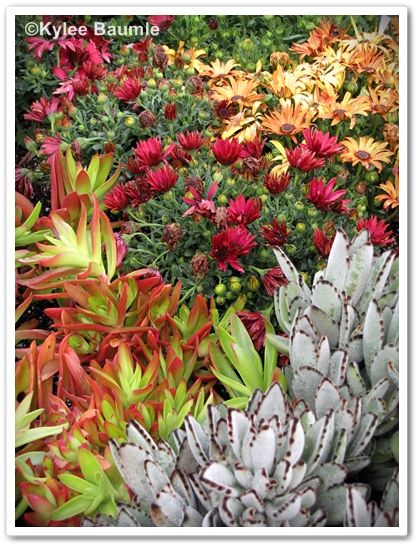
Succulents at Proven Winners West
- Way cool plants. Imagine clivias growing in the ground year round. Or all those fabulous succulents like Echeveria, Crassula, or Aeonium. I could go on and on.
- Way cool homes. Stucco! Tile roofs! Multi-levels! Style!
- No-grass yards. Well, with all those way cool plants, who needs grass, right? Although it's no secret that I love my grass, I have to remember that southern California also needs to conserve water. This isn't an issue where I live. Northwest Ohio is home to the former Great Black Swamp, which threatens to return whenever we have our spring or otherwise heavy rains.
- Earthquakes. My host said she experiences an earthquake nearly every time she visits California. I kept waiting for one, but all was quiet on the Western front. I think Californians like it that way.
- Randomness. As I was sitting in the San Francisco airport, a young man flew by on a skateboard. Really. In California, that just seemed normal.














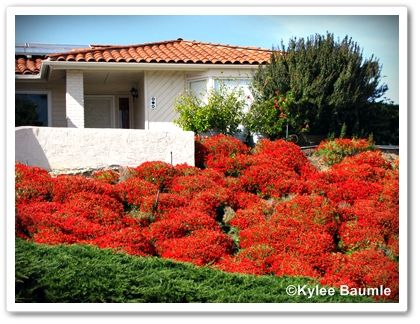
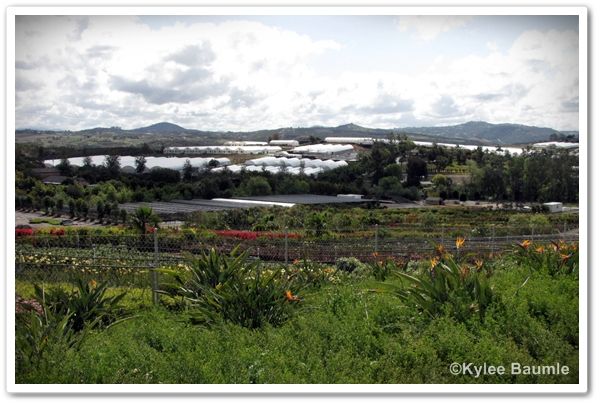







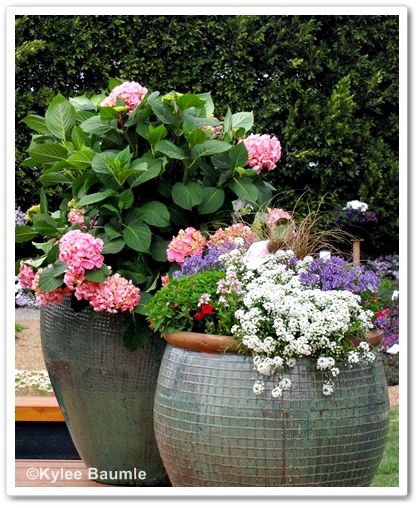



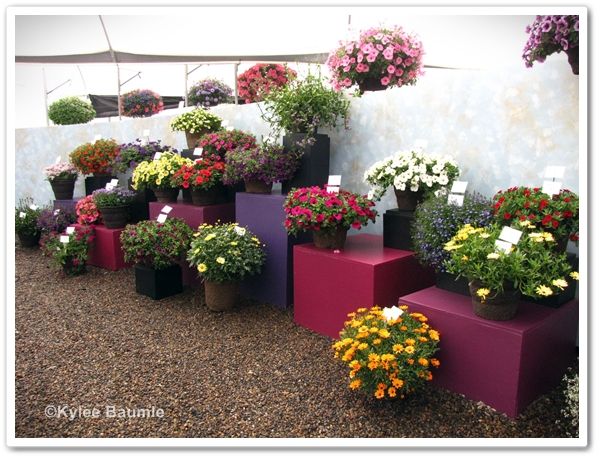

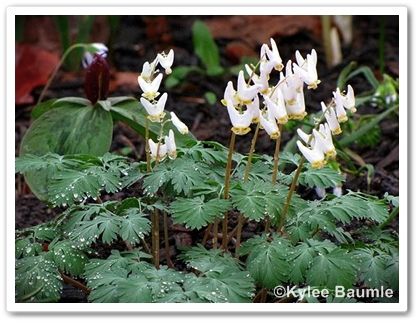

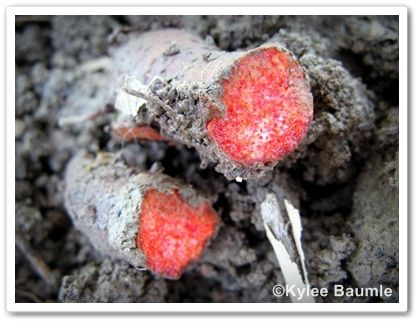
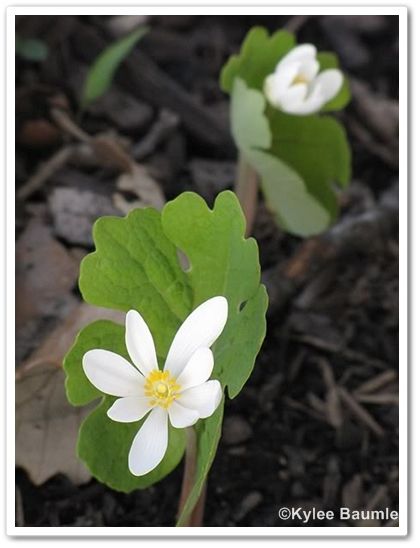
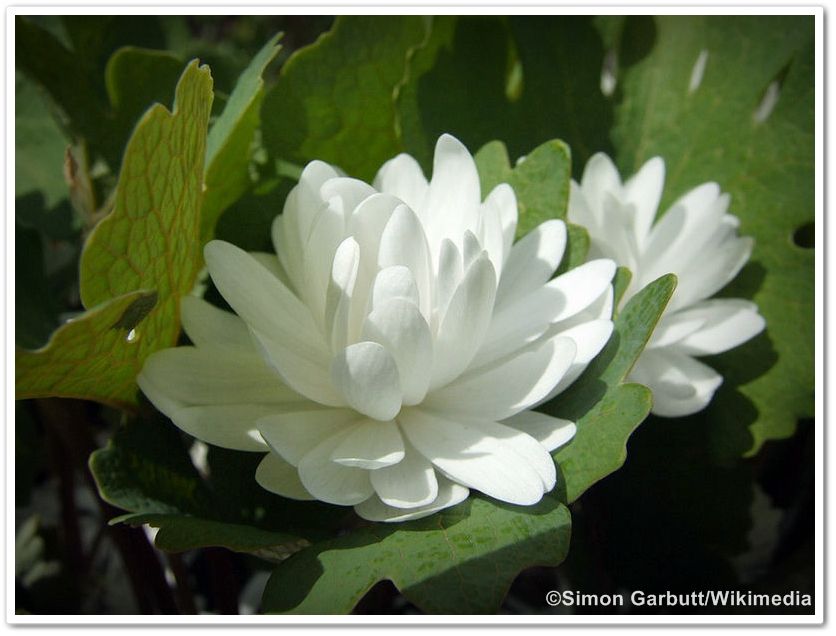
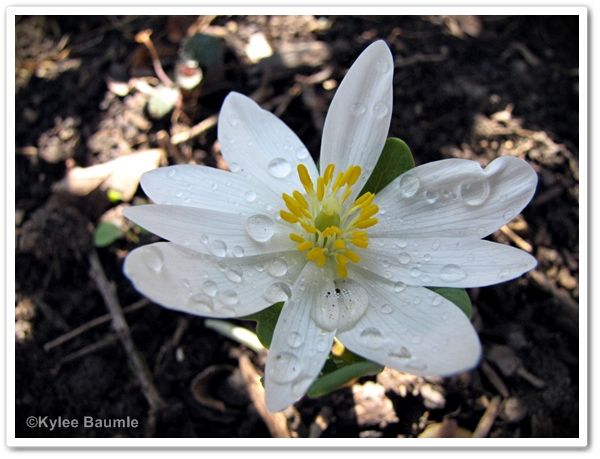

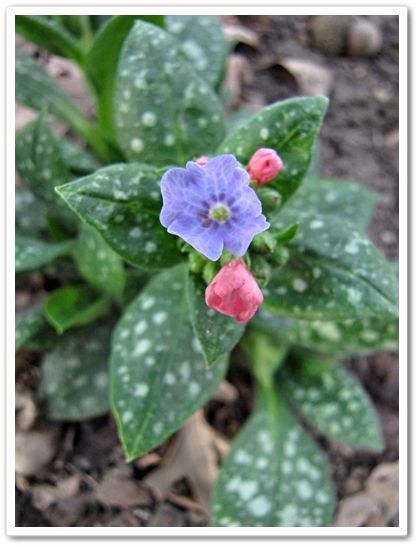
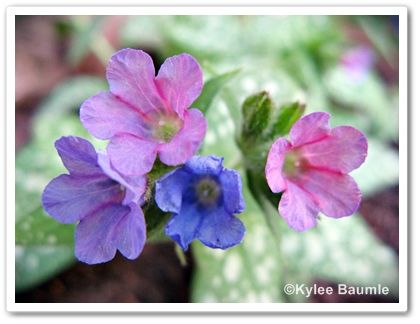



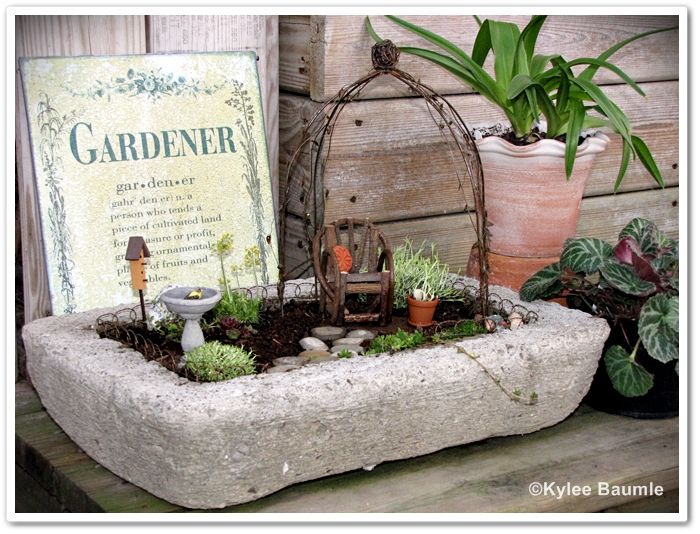
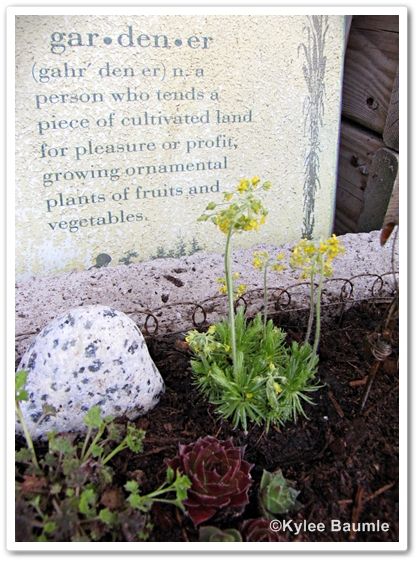

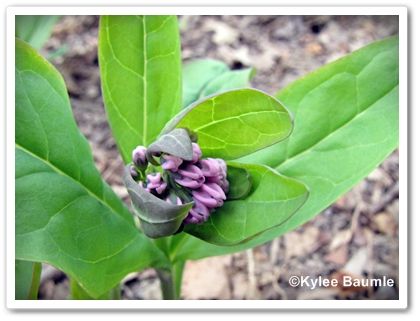




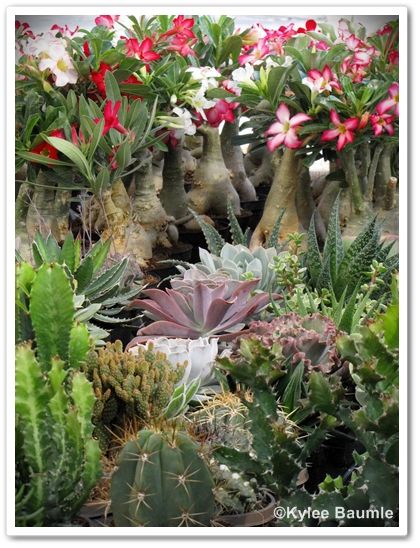



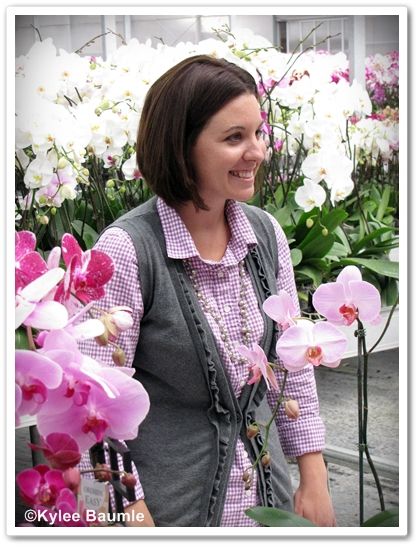
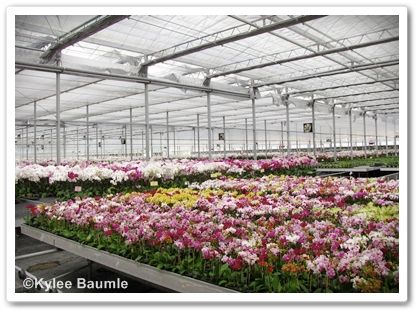


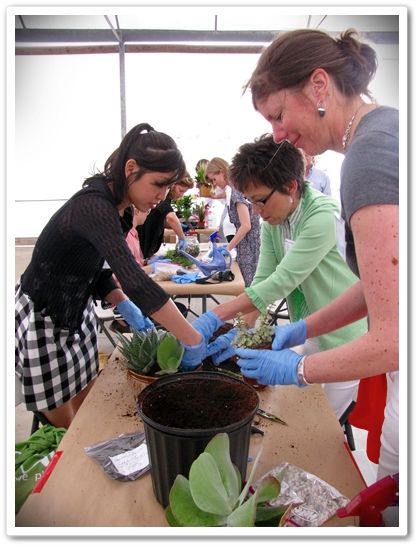





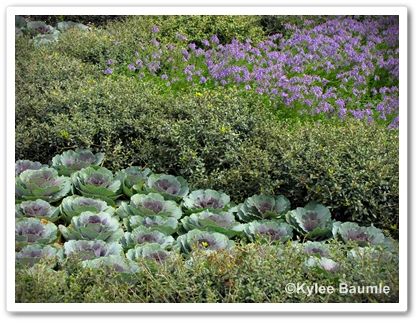




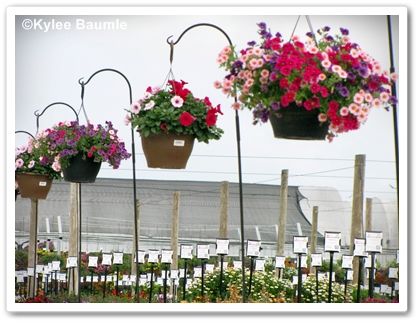


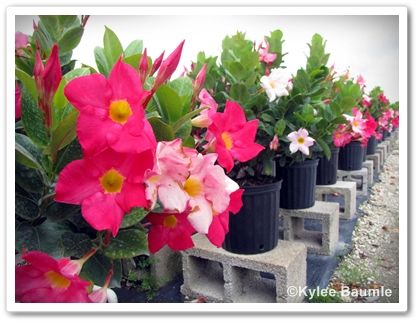
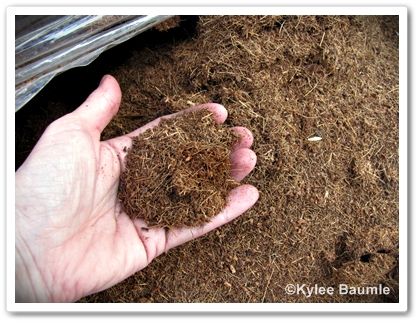


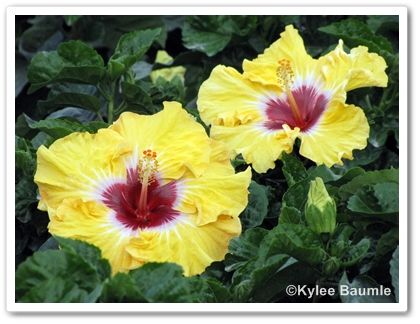

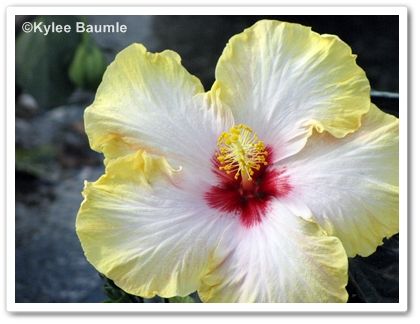
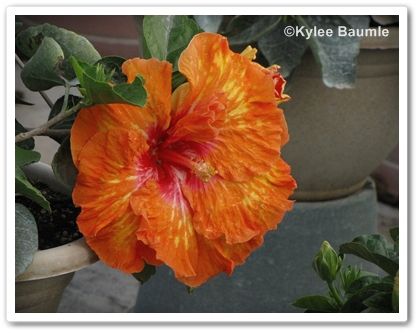

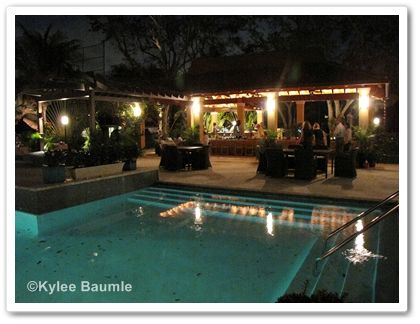
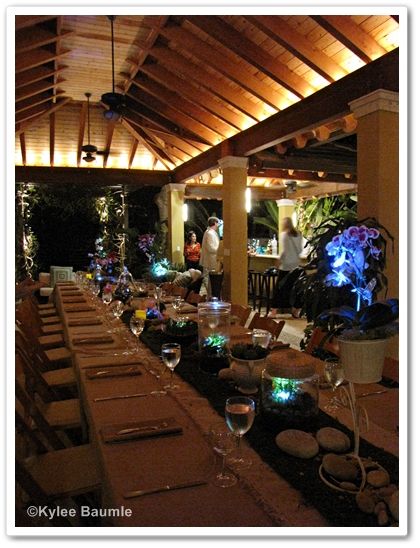

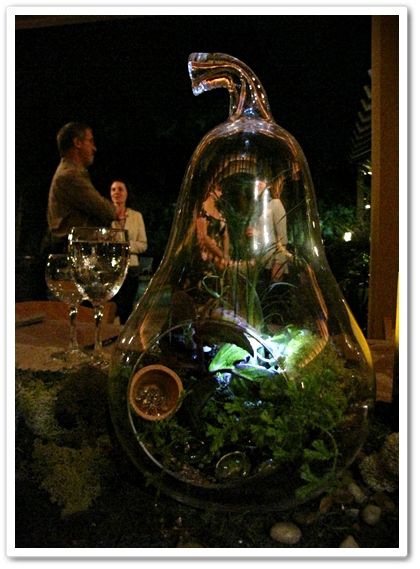

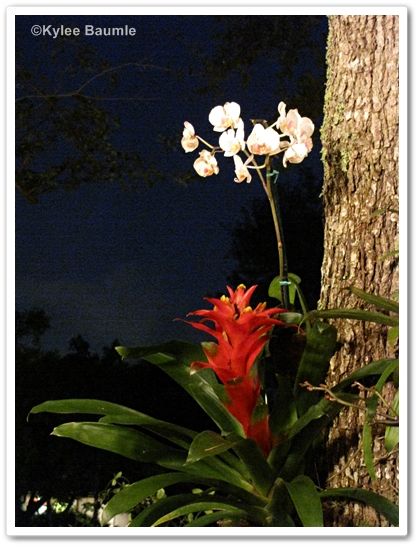
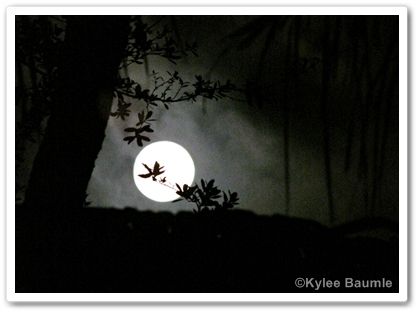







 "Bejeweled"
"Bejeweled"


